Orientation Centre, Shillim, Western Ghats, India
“those which have followed ways of life for many generations that are largely self-sufficient, and are clearly different from the mainstream and dominant society” – Stephen Corry on Tribe.
The Agenda of Self-Sufficient Buildings focussed on forming a Tribe, comprised of the students and faculty of the research studio, with the eventual aim of creating a system for a Self – sufficient OFFGRID campus at five given sites – Barcelona, Taliesin, India, China, Australia.
A set of responsibilities – Humanism, Social Energy, Way of Life, Mobility, Food, Space, Logic, Archive, Time and Logistics, were set forward by the Agenda (Tutors) for the members to choose from. Each member would exercise his / her chosen responsibility within the Tribe so as to make the Tribe fully off the grid.
As one of the authors of Humanism, the agenda was to write a Constitution for the Tribe – a set of ethics that would bind the Off-grid Tribe together. Humanism is a rationalist outlook or a system of thought attaching prime importance to human rather than divine or supernatural matters. Hence, the laws written in this Constitution were a culmination of all the brain-storming sessions within the Tribe.

Constitution
Why Humanism?
The Earth is being over-exploited. Global warming is a threat to human existence, which is ironic, since it is the result of our Way of Life. As per statistics, deforestation for construction, transport and agriculture are few of the biggest reasons for global warming. Overpopulation, competition, desire to live a luxurious life, etc. has led to the over-consumption of available renewable resources, and there is no control over the way these resources are being consumed. This is a result of a lifestyle that the world has been living, over the past few decades, without being fully aware of its long term consequences – from the food we eat, to the cars we drive, from the clothes we wear to the houses we construct. It is important to audit our current lifestyle and change it rationally, so as to avoid further damage. Humanism is embedded in this realization and in the effective behavioral change that leads to a better future, of Nature, and of humans.
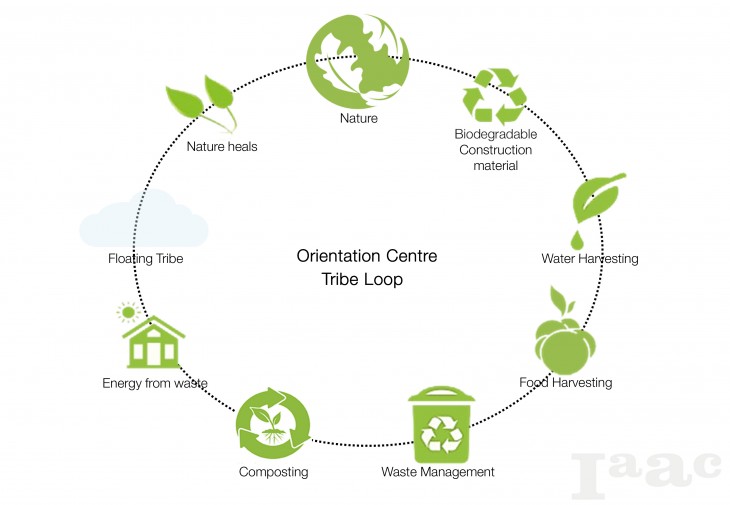
Tribe Loop
The Loop
Lifestyle influences architecture and the consequent architecture provides scope for a new lifestyle. It is possible to create architecture that is solely based on a lifestyle that prioritizes Nature, which is also the need of today. This requires alot of background research and a set of ethics or Laws that arise out of it. In order to save Nature, comfort and denial need to be sidelined. The architecture that develops out of this decision is the one that would lead to a Zero-carbon footprint.
This could be achieved by going back to self-sufficient systems, a concept that our ancestors practised to Survive, without having to harm Nature, living off their comfort zones and making do with whatever little they could harvest out of Nature. These were the Tribes that knew the power of Nature and hence, even worshipped it.
Today, there are very few tribes, and they struggle to survive through deforestation and ignorance. Their sensitivity and empathy towards Nature is something to get inspired from. It is possible to combine the technological developments of today with the sensitive approach and lifestyle of these ancient Tribes, through a new architectural system that lets you grow your own food, harvest water, reuse your waste, and to create a closed loop that produces a Zero footprint. Whether or not we are ready to embrace this shift of priorities in our current lifestyles we need to do it.
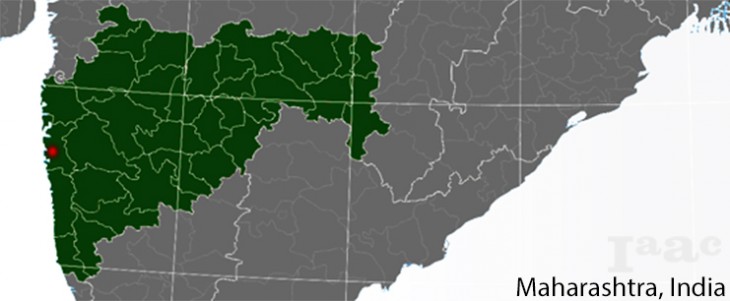
Location
The Western Ghaats of India which stretch parallely to the western coast of India, have been home to tribal communities or Adivasis, who have been living there since years together, following the concept of shifting cultivation and living off the grid. Shifting cultivation is a type of farming wherein a part of the forest is used for farming until the soil is fertile. Once infertile, the land is cleared and the tribe moves to another part. This is a cycle of 20-30 years which gives each part of the forest ample time to rejuvenate.
They followed their own religion and learn from nature, free from the barriers of the social system. Today, however, deforestation, forest laws, lack of tribal community protection, commercialization, competition, cultivated farming, etc. has affected the existing tribal culture and their cycle of shifting cultivation has reduced dramatically to 2-3 years.
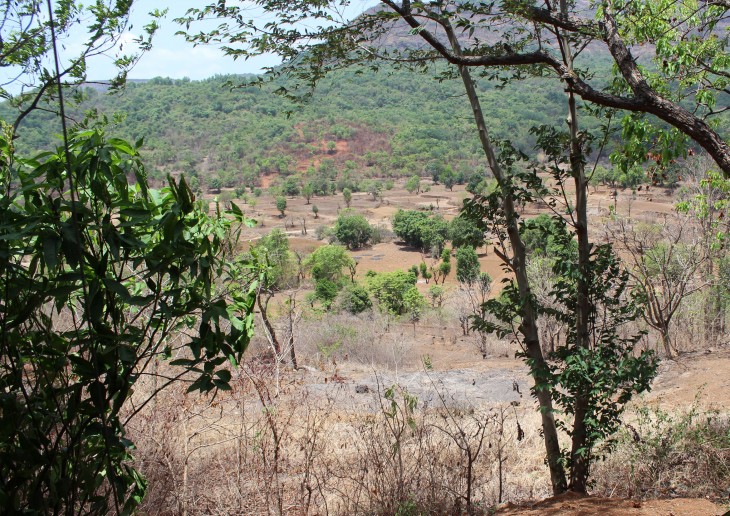
Western Ghats
Shillim Valley is a unique bowl-shaped eco-hotspot nestled in the Sahyadri mountain range, a part of the Western Ghaats of India. Deforestation and the consequent shifting cultivation technique of the prevailing Adivasis led for a need to protect the flora and fauna of the forest. A mission emerged: to conserve the Shillim valley, to restore its forests and to provide opportunities for local employment. Horticulturist Radha Veach collected seeds from the forest to plant them around lake Pauna, a nearby water body, and created a nursery which employed tribal women and men. Later, a core team came together to design Shillim institute.
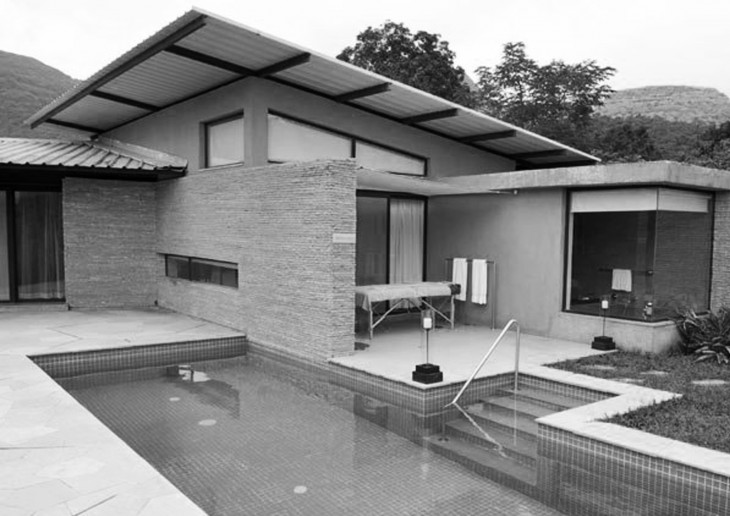
Hilton, Shillim
Now, however, the 350 Acre land is being developed by Hilton and has been highly commercialized to cater to a high- end clientele. The material used for construction and the conventional methods of construction threaten to leave a long lasting impact on the forest. Hilton also plans to develop more villas by the lake Pavana in a similar manner.
It is important for us as architects to realise this threat and come up with action plans in order to deconstruct the existing setup, let nature regrow into what it was, and redesign a self sufficient campus from year Zero (When Nature is back to its original setup)
Action Plans
1 – To set up an institute/ organization/ community which, with their work create awareness of sustainability, climate change, cultural roots as against the existing commercial activities on the site.
2 – To raze down or deconstruct buildings or element that create imbalance in the bioreserve at Shillim.
3 – Reviving the existing endangered tribes of Western ghats.
4 – Rationalizing and convincing that the mission is right but the methodology is not by putting forward facts and surveys about Western ghats.
5 – Setting up a set of laws that govern the Western ghats and restrict people from building structures that do not meet the requirements.
6 – Displaying booklets about our project at Hilton reception to lure guests into this new system.
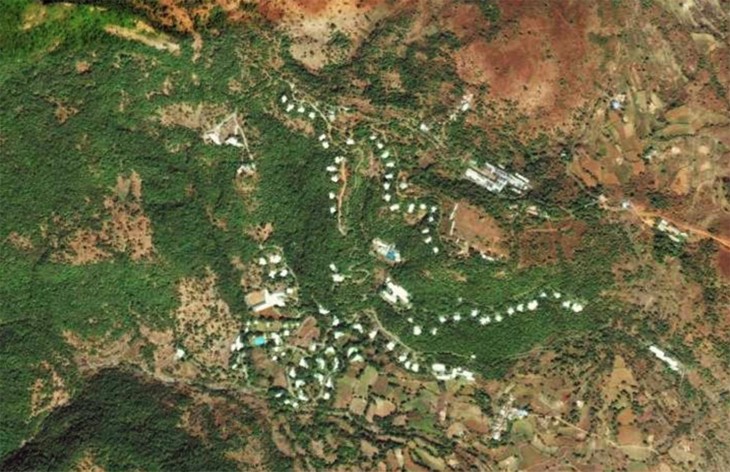
Existing Hilton Hotel
Deconstruction
This is a process of taking down the existing structures systematically. Categorizing materials : From exteriors and interiors, for windows doors, facades, plinth, etc. into biodegradable, recyclable, metal, plastic, etc. and doing a detailed study of all the materials used in the existing construction – from foundation to finishing. Then, reusing these materials as required or transporting them to places where they could be recycled and reused.
Year Zero
Nature is back to its original setup at this point. This is where the new self – sufficient comes in. A new masterplan with new activities – new design and energy saving techniques, prioritization of nature, economy, ethics, closed loop, eco system, regrowing nature, man as part of the closed loop and not as the centre.
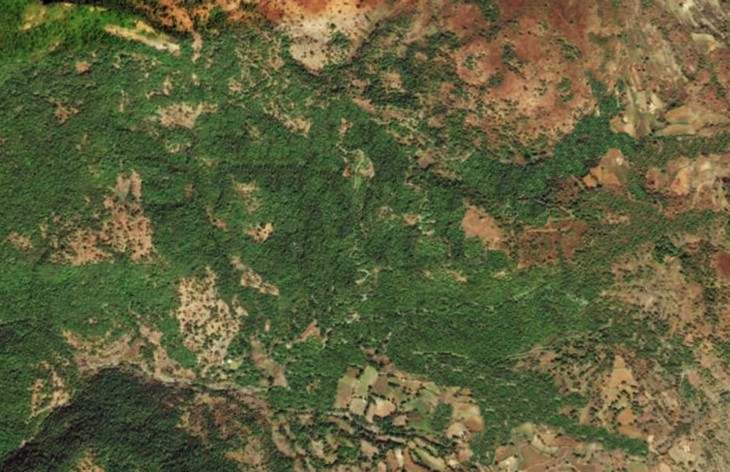
Year Zero
Self Sufficient Campus
This is an advanced school campus which would comprise of three courses for master’s – Environmental Science, Biology and Architecture. Each course or Tribe would consist of 7 students, 3 tutors and 1 forest guard. Local tribes would be a part of the campus authorities.
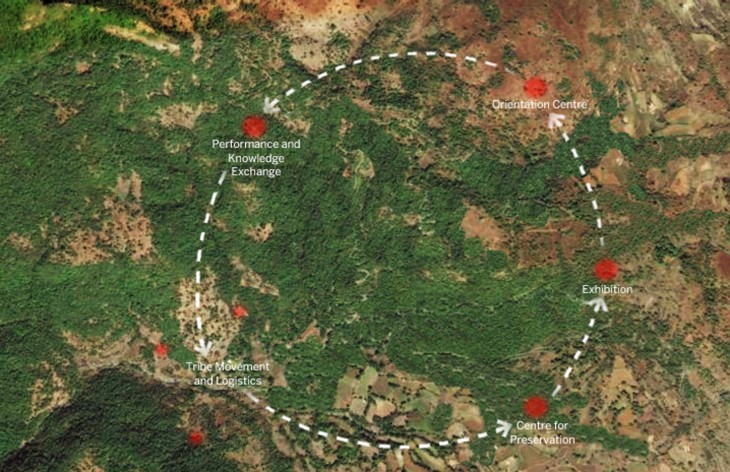
Self Sufficient Campus
Mission
This self – sufficient campus PRIORITIZES NATURE, by being FLOATING TRIBE to leave NO IMPACT
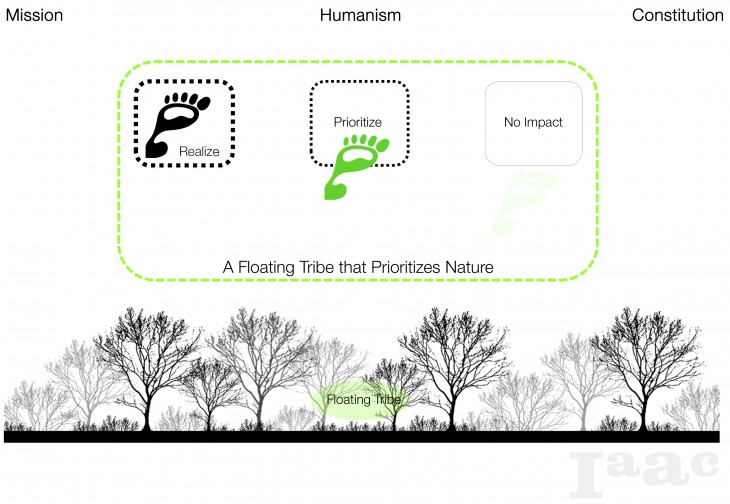
Floating Tribe
At the starting point of the institute, this orientation program is for the students to deconstruct their attitude, and to prioritize nature by meeting local tribes, learning cooking and first aid techniques, energy saving solutions, meditation, etc.
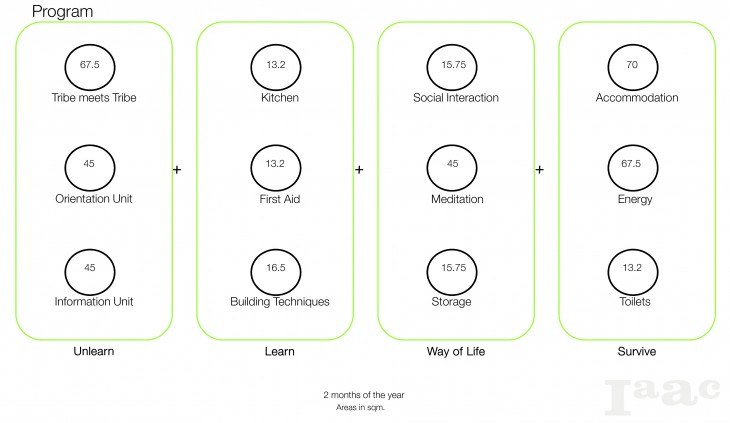
Program
This project intends to bring back this essence of a self sufficient community living through this orientation centre, wherein students understand two main aspects of survival – interaction with the local tribals to rejuvenate the lost sensitivity towards nature, and to merge it with advanced techniques in order to be fully sufficient so as to leave NO IMPACT on nature.
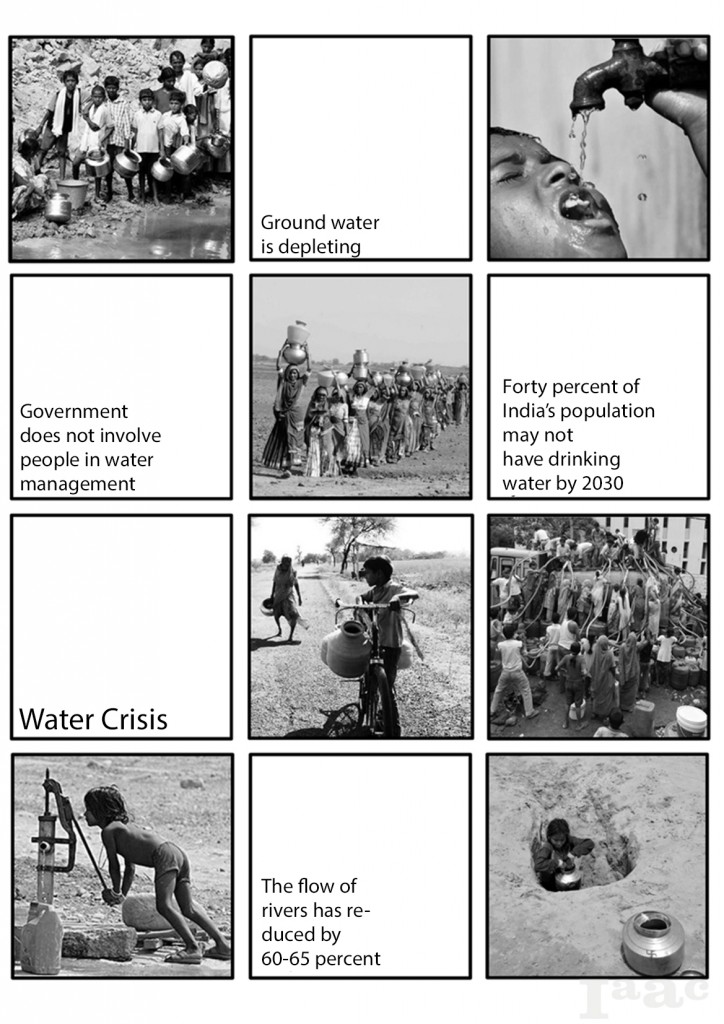
Water Crisis
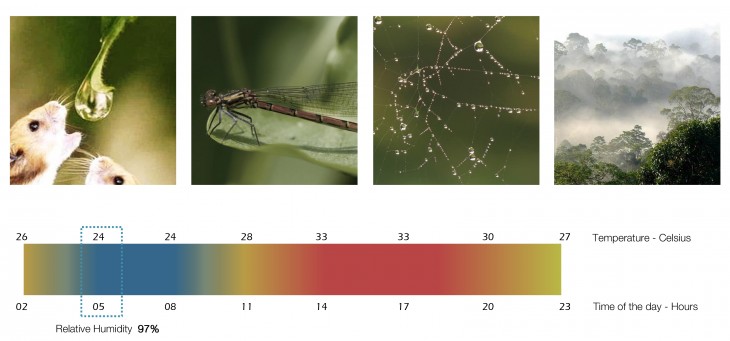
Shillim – A day in March
It is possible to harvest water from rain. But, in India, monsoon lasts for 3 months of the year. As the weather continues to be humid in the Western ghats because of the proximity to water bodies, the air is full of moisture.
In the Western ghats, leaves, spider webs, insects, trees, etc. give room for water condensation from the humidity present in the air, saving water for themselves.
This property of dew collection of the Western ghats can be imitated to collect water from humidity. Warm air holds more water than cold air.
The process of condensation occurs when gaseous water vapor turns to liquid. Condensation is the end result when this warm air containing tiny molecules of water vapor has been cooled. When this warm air hits a cold surface, its temperature decreases, as does its carrying capacity. If the change is great enough, condensation will occur.
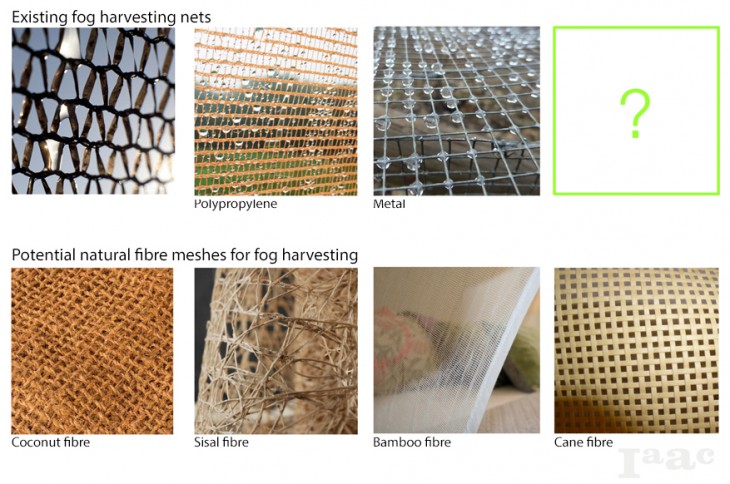
Biodegradable Mesh options
This property of condensation has been experimented with through fog catchers. A project in Ethiopia generates 100 litres of water per night using this concept, while places in Atacama also use fog catchers for water harvesting. A typical fog catcher of 1.5 x 1.5 meter, through its polypropylene or metal mesh, can collect upto 2 litres of water.
Fog Catchers are made of non- biodegradable meshes, which, in the long run, are harmful to the environment. There is a need to improve this technique and make it even more sustainable by looking at meshes that could be made of biodegradable natural fibers like coconuts, jute, etc. Natural fiber can be locally obtained by doing an extensive study of local flora and vegetable fibers which would be suitable for making customized nets for fog collection in different parts of the world. This will highly reduce the cost of material transport as well, adding to the sustanability of fog – catchers.
Shillim, being in a forest, the raw biodegradable material would readily available. To add to that, the weather of Shillim is extremely suitable for water collection from fog and rain because of the relative humidity present in the air. Fog harvesting would lead to a great relief in the lives of the local tribes as well, since they are not allowed to consume water from the nearby Pauna lake, bought by private authorities.
Shwaas attempts to use fog catchers as a biodegradable facade for the structures that the school Tribes would be staying in. For this reason, more structural layers have been added in order for the structures to sustain, collect water from fog and rain, and to provide a habitat to the students.
This orientation center will form a real time example for the new students of how to live in a forest without leaving an impact.
The structures wil have 4 main layers –
Biodegradable inner skin
Structural framework
Fog collecting mesh
Water filtration and storage

Materials
The materials used are light and biodegradable. The structural framework is designed such that it does not entirely touch the ground. It will have 4 main stubs on which a circular wooden base rests. A central wooden post would take the load of the outer framework which would rest on it as a pivot, transferring all the load through the centre. The outer framework itself will be free floating, not directly touching the ground, and will sway slightly with the wind.
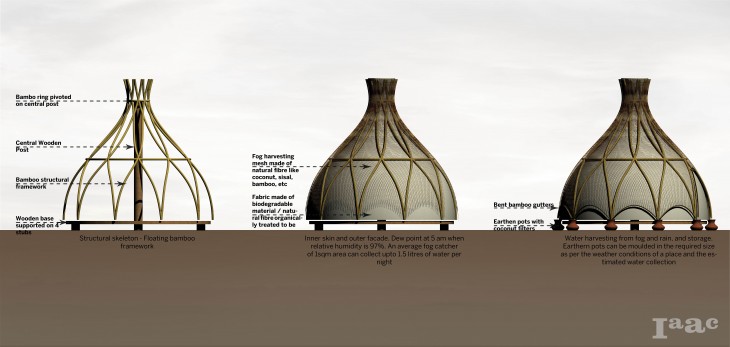
Structure
STRUCTURAL LAYERS
Biodegradable inner skin – Elephant dung / bio-plastics / bamboo fabric which is treated to by hydrophobic will be used to protect from rain. It will also help to drain the rain water from the surface.
Bamboo framework – The skeleton of the design would be made of hollow light-weight bamboo tubes connected to the central support with a bamboo cross ring. This kind of detail will make the skeleton sway with the wind, merging with the movement of surrounding trees, giving a floating appearance.
Fog collecting mesh – This mesh will be used for fog collection. It would be made of coconut fiber or any other natural fibre available locally, treated to be made hydrophobic. Composite meshes can be made as well.
Water filtration and collection – Earthern pots will be placed at the bottom of the coconut fiber mesh for water collection and bamboo gutters for directing the flow of water onto the pots.
Before the water enters the earthern pots, it will be filtered through coconut fiber filters. Earthern pots keep water cool and will act as detachable reservoirs.
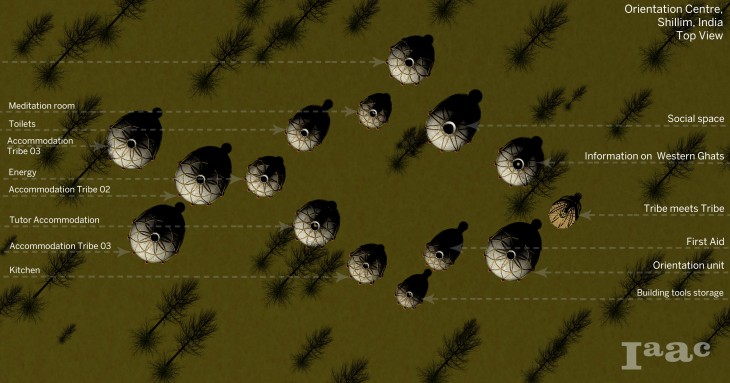
Layout
The orientation centre would be made of a series of such individual structures which stand on their own and provide different functions – from information centre to accommodations. The layout is done as clusters of three units having related functions, influenced by the composition of water molecules, their spacing and connectivity.
Central workspace will be provided. The raw material of structures, once deconstructed can be used by the tribes in the later part of their journey through the forest.
As part of this workshop, they will make a coconut fiber skin that collects water from humidity for the first structure into earthern pots which have coconut fiber filters.
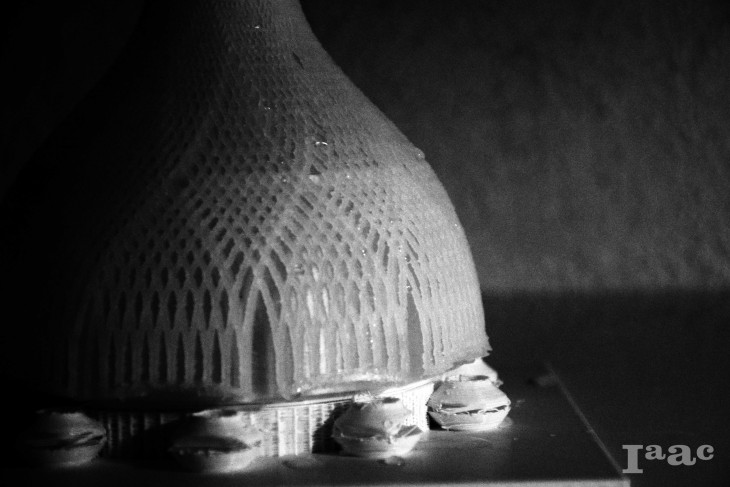
Fog Harvesting
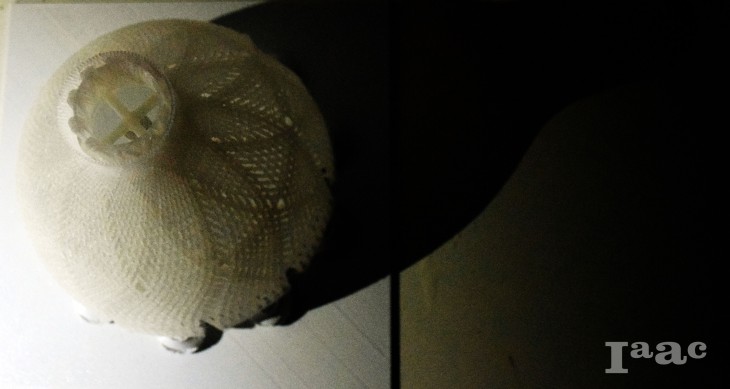
Prototype
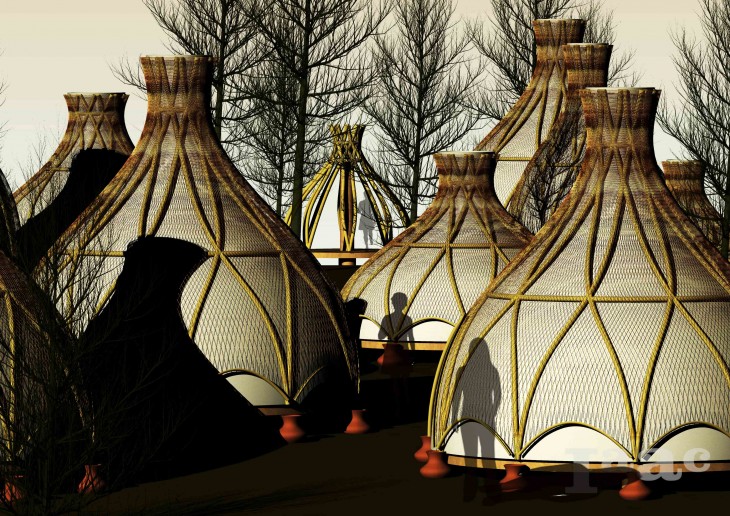
View
ENERGY
Since the tribes are on a mission to have no impact on Nature, it is important for them to manage the waste they produce. Students will stay together under these structures through the night.
The toilets used by the students will be power plants for generating energy along with kitchen waste produced by the tribes. This energy will be the connecting link of this center and will be used for purpose of electricity and cooking. It will be generated by
1 – Producing methane by burning kitchen waste
2 – Electrolysis to generate electricity using toilet waste.
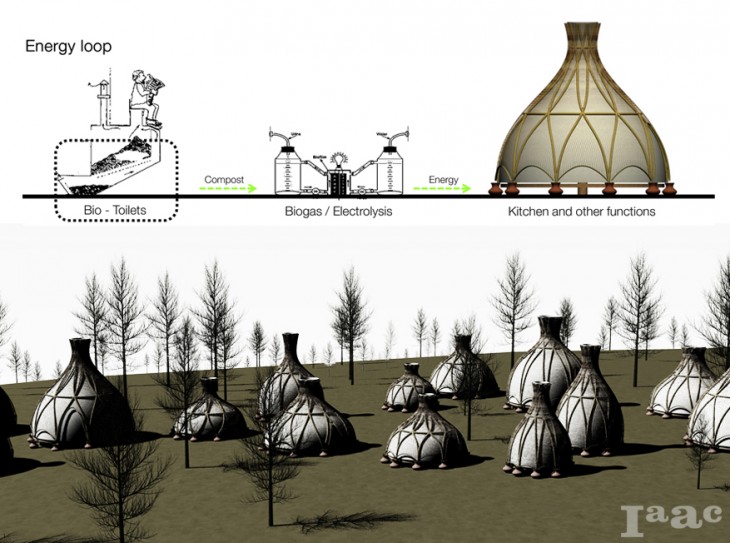
Energy Loop
The toilets will therefore be at a higher level fromthe ground so as to store the toilet waste for the process of composting. Wooden ladders or steps will be creating to reach these structures.The ladder could also be made out of bamboo.
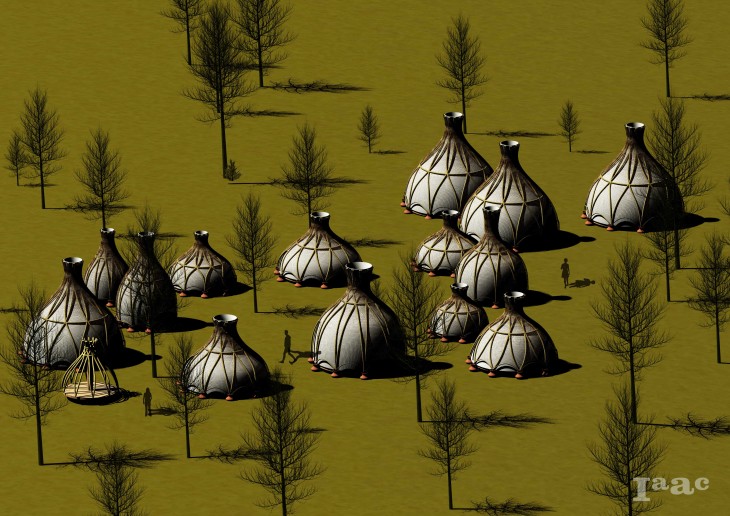
View
SURVIVAL
Today, with the water crisis, ever increasing population, global warming, it is important to survive hand in hand with Nature. There are a number of natural causing factors involved in global warming. While scientists continue to observe and study sunspots, water vapor, and permafrost, there is little that can be done to penetrate such vast forces. What we can do, however, is truly evaluate and prioritize how we treat and value our planet. Global warming contributes to not only the fall of ecosystems, weather patterns, and rises in sea levels, but the overall quality of life we wish for on this planet. There are many things we can do to help reduce the amount of energy we consume. There is a need to back to our roots, our old ways of life, and to merge them with advanced yet easily available solutions, so as to create harmony with Nature.
The very mission of this project is to create a shift in our lifestyles. By generating energy from our waste, harvesting water, reusing it, using biodegradable material, etc, Shwaas attempts to create this CLOSED LOOP of existence – one that leaves no footprint, one that gives Nature time to heal, to regrow, and to flourish, while maintaining our existence as a FLOATING TRIBE.
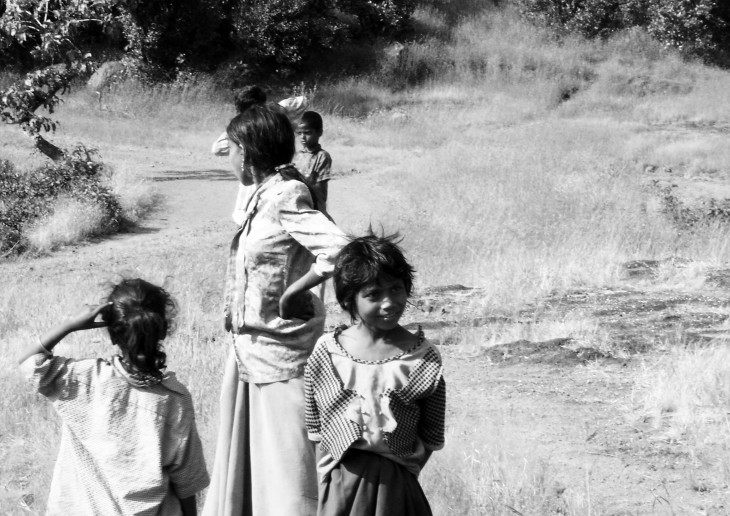
Tribes
Realise – Accept – Change – Survive – Close the LOOP – No impact
Shwaas – Orientation Centre, is a project of IaaC, Institute for Advanced Architecture of Catalonia developed at Master in Advanced Architecture 01 in 2015-16 by:
Student: Prajakta Panchal
Faculty:Enric Ruiz Geli & Mireia Luzarraga